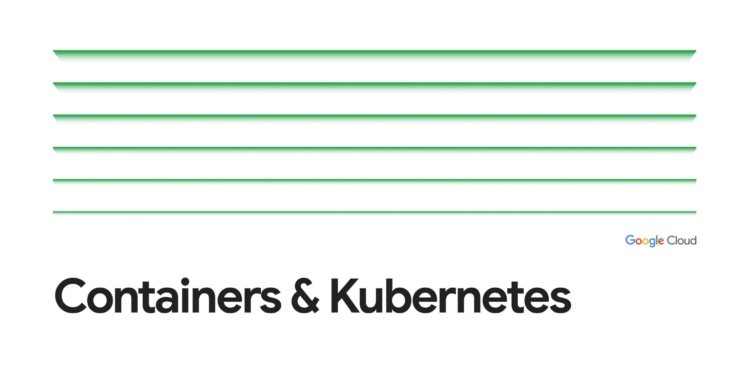In Google Cloud, this solution took the form of the Google Compute Engine Persistent Disk (GCE PD) Container Storage Interface (CSI) Storage Plugin. This CSI driver is a foundational component within GKE that manages the lifecycle of Compute Engine PDs in a GKE cluster. It enables seamless storage access for Kubernetes workloads, facilitating operations like provisioning, attaching, detaching, and modifying filesystems. This allows workloads to move seamlessly across GKE nodes, enabling upgrades, scaling, and migrations.
There’s a problem, though. GKE provides flexibility for workload placement, at a high scale. Nodes can accommodate hundreds of pods, and workloads may utilize multiple Persistent Volumes. This translates to tens to hundreds of PDs attached to VMs that need to be tracked, managed and reconciled. In the case of a node upgrade, you need to reduce the amount of time needed to restart workload pods and move PDs to a new node in order to maintain workload availability and reduce cluster upgrade delays. This can introduce an order of magnitude higher number of attach/detach operations relative to the existing system that was designed for VMs — a unique challenge.
Stateful applications on GKE are growing exponentially, so we needed a CSI driver design that could handle these large-scale operations efficiently. To address this, we had to rethink the underlying architecture to optimize the PD attachment and detachment processes, to provide minimal downtime and smoother workload transitions. Here’s what we did.
Merging queued operations for volume attachments
As explained above, GKE nodes with a large number of PD volumes (up to 128) were experiencing very high latency during software upgrades due to serialized volume detach and attach operations. Take a node with 64 attached PD volumes as an example. Prior to the recent optimization, the CSI driver would issue 64 requests to detach all of the disks from the original node and then 64 requests to attach all of the disks to the upgraded node. However, Compute Engine only allowed queuing of up to 32 of these requests at a time, and then processed the corresponding operations serially. Requests not admitted to the queue would have to be retried by the CSI driver until capacity became available. If each of the 128 detach and attach operations took 5 seconds, that contributed 10+ minutes of latency for the node upgrade. With the new optimization, this latency is reduced to just over one minute.
It was important to us to introduce this optimization transparently without breaking clients. The CSI driver tracks and retries attach and detach operations at a per-volume level. But because CSI drivers are not designed for bulk operations, we couldn’t simply update the OSS community specs. Our solution was to provide transparent operation merging in Compute Engine instead, whereby the Compute Engine control merges the incoming attach and detach requests into a single workflow, while also maintaining per-operation error handling and rollback.
This newly introduced operation merging in Compute Engine transparently parallelizes detach and attach operations. Additionally, increased queue capacity now allows for up to 128 pending requests per node. The CSI driver continues to work as before, managing individual detach and attach requests without any changes to take advantage of the Compute Engine optimization, which opportunistically merges the queued operations. By the time the initially running detach and attach operation has completed, Compute Engine has calculated the resulting state of the node-volume attachments and begins reconciling this state with downstream systems. For 64 concurrent attach operations, the effect of this merging is that the first attachment begins running immediately, while the remaining 63 operations are merged and queued for execution immediately after completion of the initial operation. This resulted in staggering end-to-end latency improvements for GKE. The best part of these improvements is no customer action is needed and they automatically benefit:









